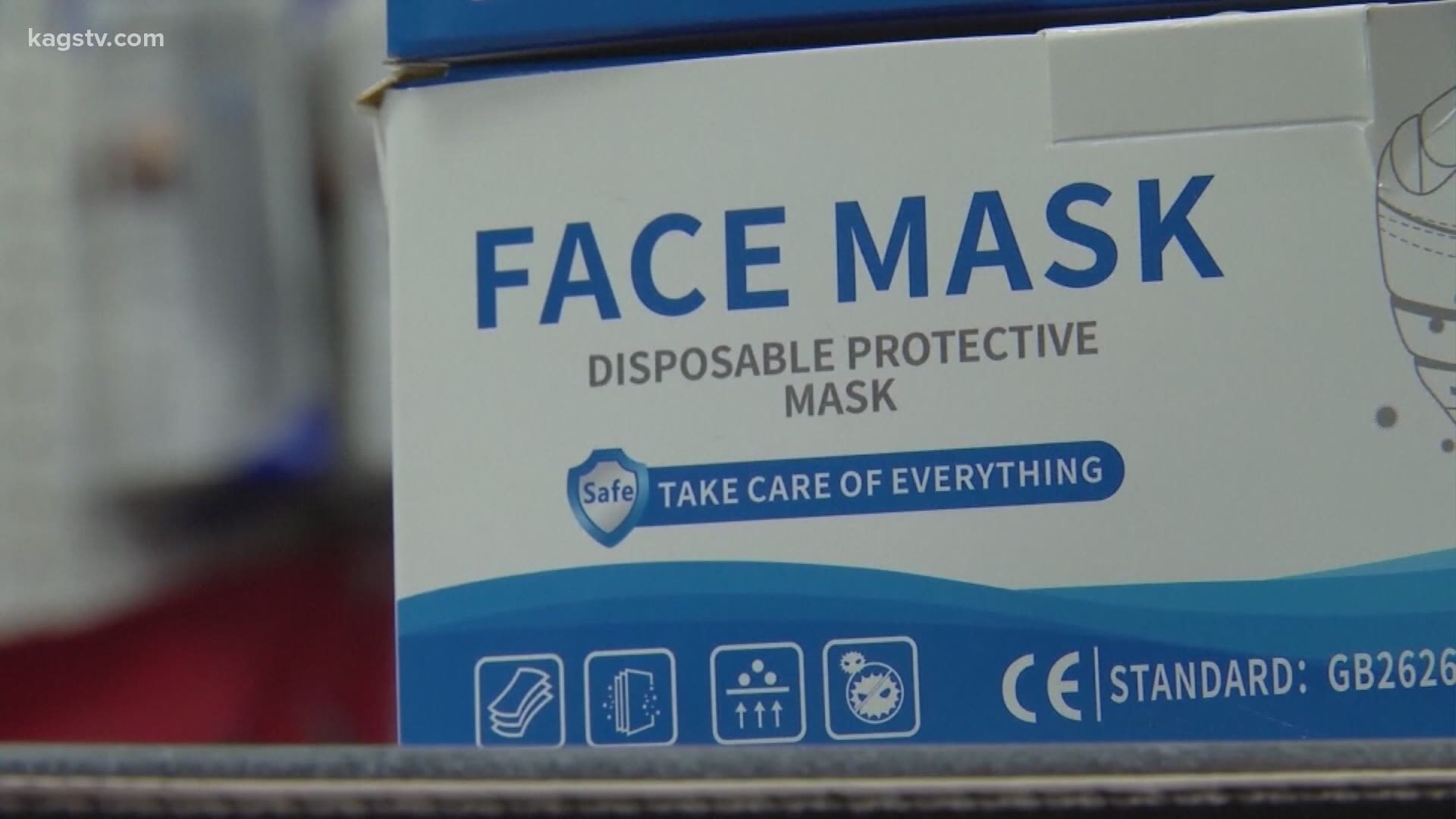COLLEGE STATION, Texas — It doesn’t matter whether it’s going to the grocery store, running some errands, or working at the office; each time you leave your house, you will see people wearing their masks.
Over the last couple months, people have become quite creative with their masks as they look for interesting ways to protect themselves. But, some of these ideas are not necessarily the best.
“Bandanas struggle because as a material, two layers of cotton, that’s not necessarily bad. That’s actually pretty close to some of the materials that are in many brands of surgical masks. However, they leave a lot of room below and they tend to be V shaped, so they tend to be open to a lot of that exhaled air coming away from a person not going through the filtrate material," said Texas A&M's School of Public Health Dr. Mark Benden.
Another popular mask that Dr. Benden said isn’t a strong shield against the coronavirus are full neck gaiters. He says moisture is pulled through the material that gaiters are made of which helps with cooling.
“You pull moisture from your breath to the outside of the mask, and your next breath pushes a very large droplet containing potentially virus into the atmosphere," said Dr. Benden.
The strongest masks to limit the spread of COVID-19 are ones that fit tightly around your nose and face so that air does not leak out the sides or the bottom.
“Your mask should have a full cover. The cotton material is fine, the surgical masks are fine. The N95 with the dull filtrate system with the nice nose piece that can be pintched down and tightened up, that really helps push more of the breath coming out of your nose and mouth through the mask material, which is what we’re after," said Dr. Benden.
If you do happen to come across someone in public without a mask, Dr. Benden says you need to be exposed for 15 minutes for it to be considered a community exposure.
“That means that if you pass somebody at Home Depot and [the] grocery store aisle and they’re not wearing their masks properly or they have a hand sown mask, or no mask at all and you walk by them, that’s not an exposure. We don’t count that as a clinically classified community exposure," said Dr. Benden.
This does not mean you should relax on your mask wearing, but he wants to remind you not to be anxious in public settings you can’t control.
He also said that exposure is monitored differently in healthcare settings when you know that the patients coming in have been tested positive for the virus.

